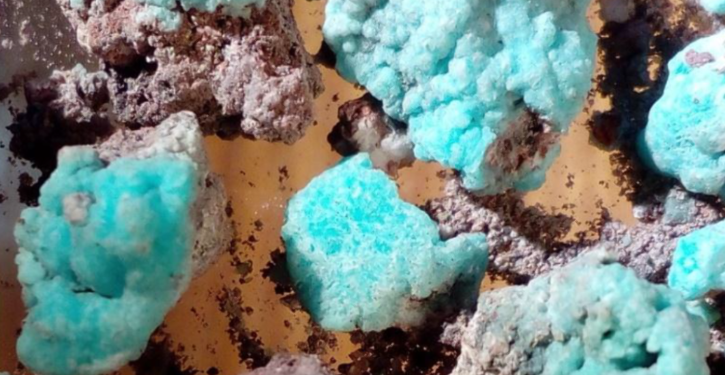Tolbachik, a volcanic complex on the Kamchatka Peninsula in the far east of Russia, has observed two major eruptions in the near past.
One took place in 1975-1976 while a smaller one followed in 2012-2013. These eruptions have resulted in something rather intriguing – unique minerals, some of which are not found anywhere else in the world.
A team of Russian scientists has now found another one among the lot, a mineral that can possibly be used as a cathode in rechargeable batteries. The scientists have named the mineral ‘Petrovite’, in honor of Tomas Petrov, an outstanding crystallographic, and Professor at St Petersburg University.
The discovery has been made by a research team led by Stanislav Filatov, a Professor at the Department of Crystallography at St Petersburg University. Filatov and his colleagues from other Russian research institutions have been studying the mineralogy of scoria cones and lava flows of fumaroles in Kamchatka for more than 40 years. A release by the university explains that dozens of new minerals have been discovered in the region in recent years, some of which are unique to it.
The most recent discovery of petrovite, with a chemical formula of Na10CaCu2(SO4)8, occurred in the form of “blue globular aggregates of tabular crystals.” These crystals were found to have gaseous inclusions, meaning they are porous.
“The copper atom in the crystal structure of petrovite has unusual and very rare coordination of seven oxygen atoms. Such coordination is characteristic of only a couple of compounds”’ said Professor Filatov.
As can be understood, the new mineral consists of oxygen atoms, sodium-sulfur, and copper, within a porous framework. All the voids within the compound are connected to each other by channels. These channels are big enough for relatively small sodium atoms to move between them.
Because of this ability of atoms to move within the structure, scientists have established petrovite to be great for ionic conductivity and it hence can possibly be used as a cathode material for sodium-ion batteries.



